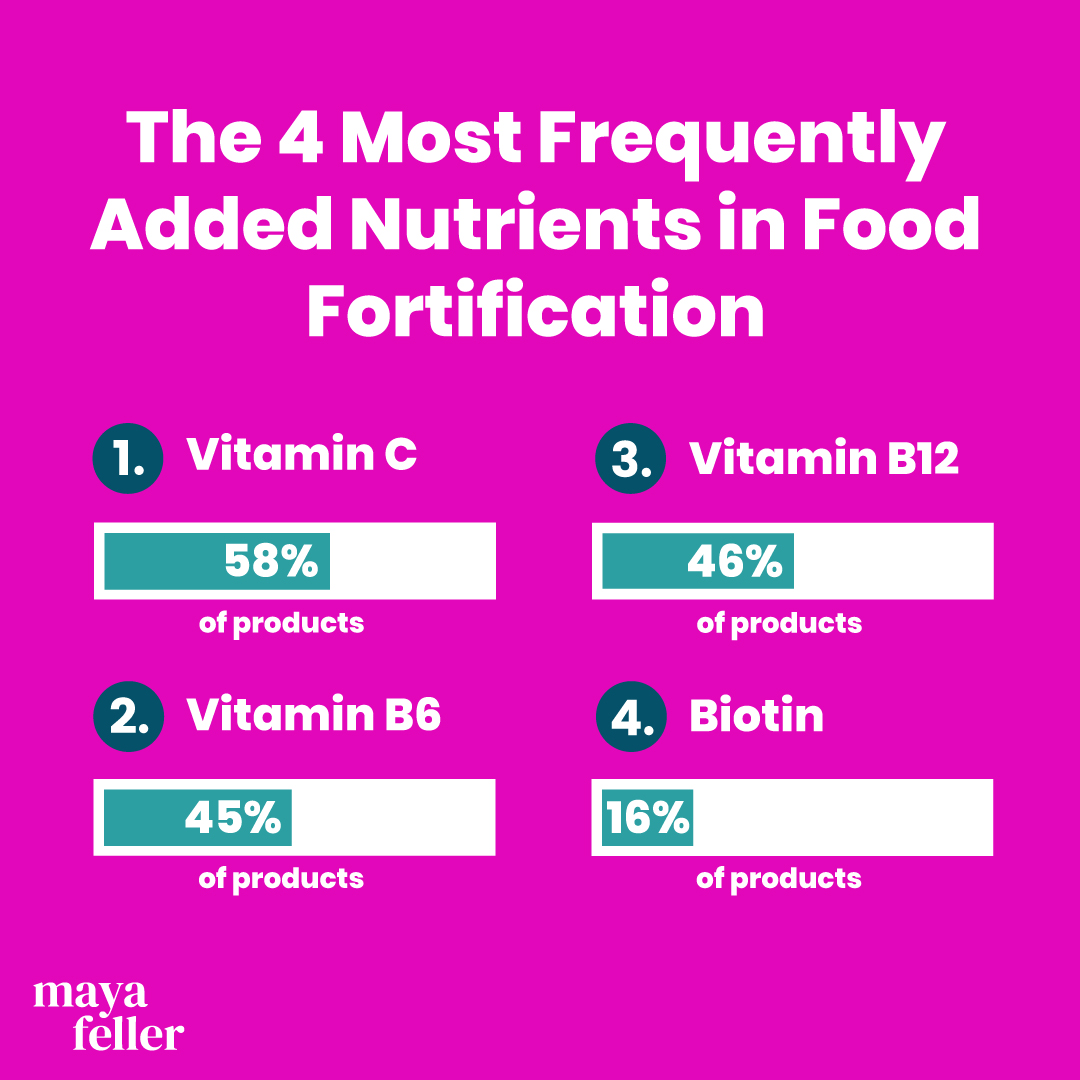What are Fortified Foods? How to Determine They’re Right for Your Family
If you’re concerned that you or your children aren’t receiving adequate nutrients despite a nourishing pattern of eating, you may want to consider adding fortified foods to your household’s regular nutritional rotation.
But what exactly are fortified foods and how did they come to be? These are valid and important questions to have answered before committing to including them in your regular meal plans.
Keep reading to learn all about fortified foods: what they are, why they exist, what extra nutrients you can expect to get in them, and a list of commonly fortified foods so you know what to look for during your next shopping trip.
What are Fortified Foods?
Fortified foods are foods that are enriched with additional nutrients beyond those that are naturally occurring.
They’re often enriched with specific health-promoting nutrients. In fact, here’s a breakout of the most common nutrients found in fortified foods: [1]
- 58 percent of fortified foods contain vitamin C (known to support immune health),
- 46 percent contain vitamin B6 (known to support brain health),
- 45 percent contain vitamin B12 (known to support brain and eye health),
- and 16 percent contain biotin (known to support many major body systems).

Why are Foods Fortified?
It’s important to note that foods are fortified for two reasons: either a food is commonly consumed and known to need extra nutritional elements or the food originally contained certain nutrients that were lost during the manufacturing process.
The latter circumstance is actually known as enriched foods, and it’s a common practice here in the U.S.
Interestingly, according to a 2020 study, fortified foods are major contributors for vitamin A and iodine intake, accounting for anywhere from 20 to 125 percent of vitamin A consumption and 88 to 253 percent of iodine consumption. [2]
This is a major deal, considering research has shown that at least 90 percent of Americans are deficient in at least one micronutrient. [3]
But it’s also important to note that micronutrient deficiency isn’t just a U.S.-based problem. People all over the world are lacking proper nutrition.
In fact, a study published in 2021, which was led by the Food Fortification Initiative, revealed that there are 18 low- and middle-income countries with great potential for improvements in both economic and health related to anemia-induced neural tube defects through the fortification of rice and flour with iron and folic acid. [4]
Some of the countries identified include:
- Angola
- Bangladdesh
- China
- Egypt
- Ghana
- Kaazakhstah
- Liberia
- Morocco
- Nigeria
And that’s just a sampling. To see the entire list, click here.
Commonly Fortified Foods
Now that you know a bit more about food fortification, here are a few examples of fortified foods you’re likely to encounter so you know what to look for:
- Bread
- Flour
- Rice
- Fish sauce
- Soy sauce
- Porridge cereals
- Flour-based cereals
- Margarin
- Milk
- Cheese
- Yogurt
- Condiments
Should my family be concerned about fortified foods?
Finally, a common question about fortified foods revolves around their safety. For many years, there have been ongoing debates across the world about this very topic.
Research on the topic has shown that, overall, fortified foods are safe for consumption and even a cost-effective strategy for improving the nutritional status of people around the globe. In fact, the Copenhagen Consensus ranked food fortification as one of the biggest developmental priorities in both 2008 and 2012. [5]
That said, it’s important to note that because they’re processed, some fortified foods may contain higher amounts of added sugar, sodium, fat, and chemicals. As a result, be mindful when selecting your fortified foods and read the labels thoroughly to ensure that those products you purchase best fit your family’s needs.
If you find that you need a little help navigating this and other nutritional options, head over to my Nutrition Counseling page, where you can learn more about the services available to you.



Leave a Reply